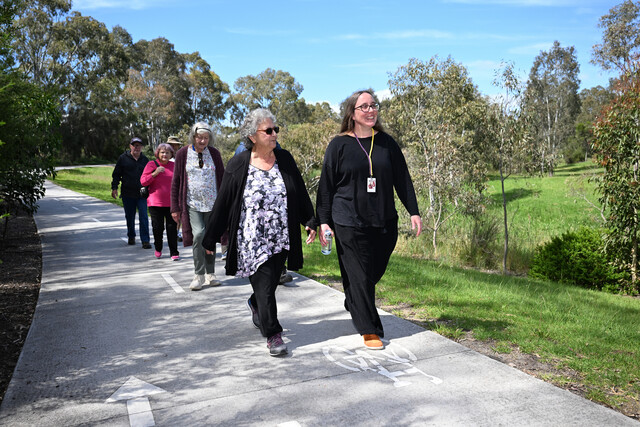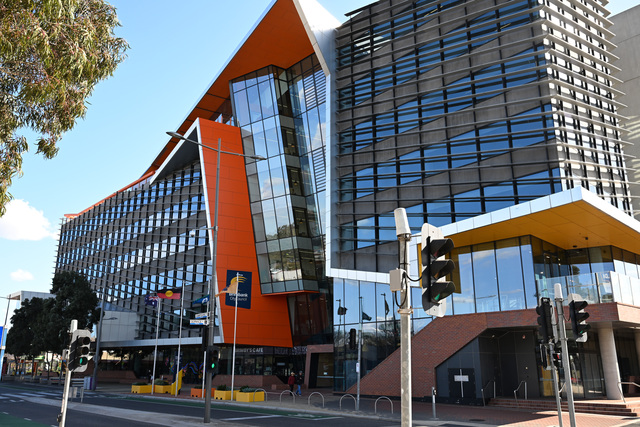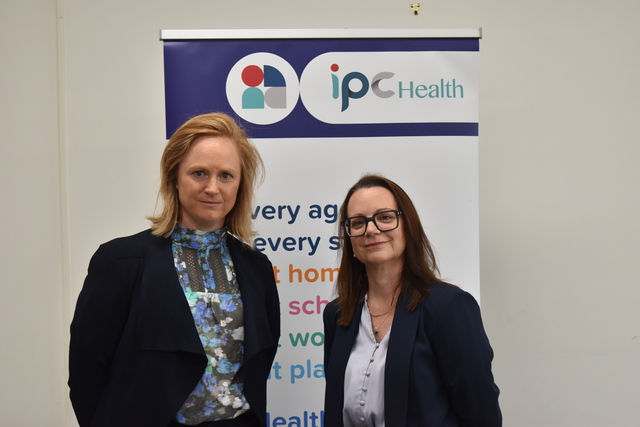When it comes to wine, we choose a bottle based on the grapes, the region and maybe the vintage and the wine. The people who make the wine are usually an afterthought.
Most winemakers like it that way. They refer to themselves as farmers, happy telling the story about their patch of dirt and why their wines taste like they do.
But sometimes the story is the winemaker, rather than their wines.
Wynns chief winemaker Sue Hodder has played a key role in some of the best, and best-known, wines made in Australia.
It started at Penfolds, where Hodder went to work after finishing at Roseworthy Agricultural College in the 1980s.
“Penfolds had just merged with Kaiser Stuhl, a co-op of Barossa growers, which is a label that not many people remember now, but in the ’70s and ’80s, it was a significant part of the Australian wine industry,” says Hodder.
“My job at that time was to visit all the growers from Kaiser Stuhl and … rate them on quality and how they would fit into the Penfolds wines.
“Penfolds was relatively small at that time. They were lucky to acquire the Kaiser Stuhl vineyards. It’s a chapter that’s not often described.”
A stint in London – as for so many Aussies in the past 30 years – followed Penfolds. It included a job at wine retailer Oddbins. “At that time there were two Australian wines in the shop: Rosemount chardonnay and Brown Brothers’ red something,” Hodder says.
After working wine vintages in California, Hodder returned home to stints at Seaview in McLaren Vale and Seppelt in Great Western before joining the Wynns winemaking team in Coonawarra at the end of 1992. Six years later she was promoted to chief winemaker and inherited vineyards scattered with old, dying vines.
Hodder’s promotion was followed by the appointment of viticulturalist Allen Jenkins. In 15 years the pair has carried out a massive rejuvenation of Wynns’ vineyards.
“The ’90s was a beautiful decade [for making wine] – we really didn’t have to work too hard as winemakers. But we knew that we had these old vines with too much dead wood on them,” Hodder says.
“When Allen arrived, I think he was shocked at [the state of] these beautiful old vineyards, and we had to work out how to rejuvenate the old vines. And that’s become an enormous undertaking.
“We’ve also done a big replanting project in the past two years … We’ve put a lot more effort in the vineyards and the winery.”
Hodder has also had to contend with her region and its flagship grape, cabernet sauvignon, playing second fiddle in the past decade’s boom in big, boozy shiraz.
“In early 2000s you had to have a big wine,” she says. “The success of Australian wine was driven by the powerful shiraz and we didn’t have it.”
The next challenge for Hodder and her team is dealing with climate change.
“We have seen climate change in Coonawarra – it has got warmer and we have to contend with that. Over that past decade, we’ve seen our coldest, warmest, wettest, and driest years in the past 60.”







